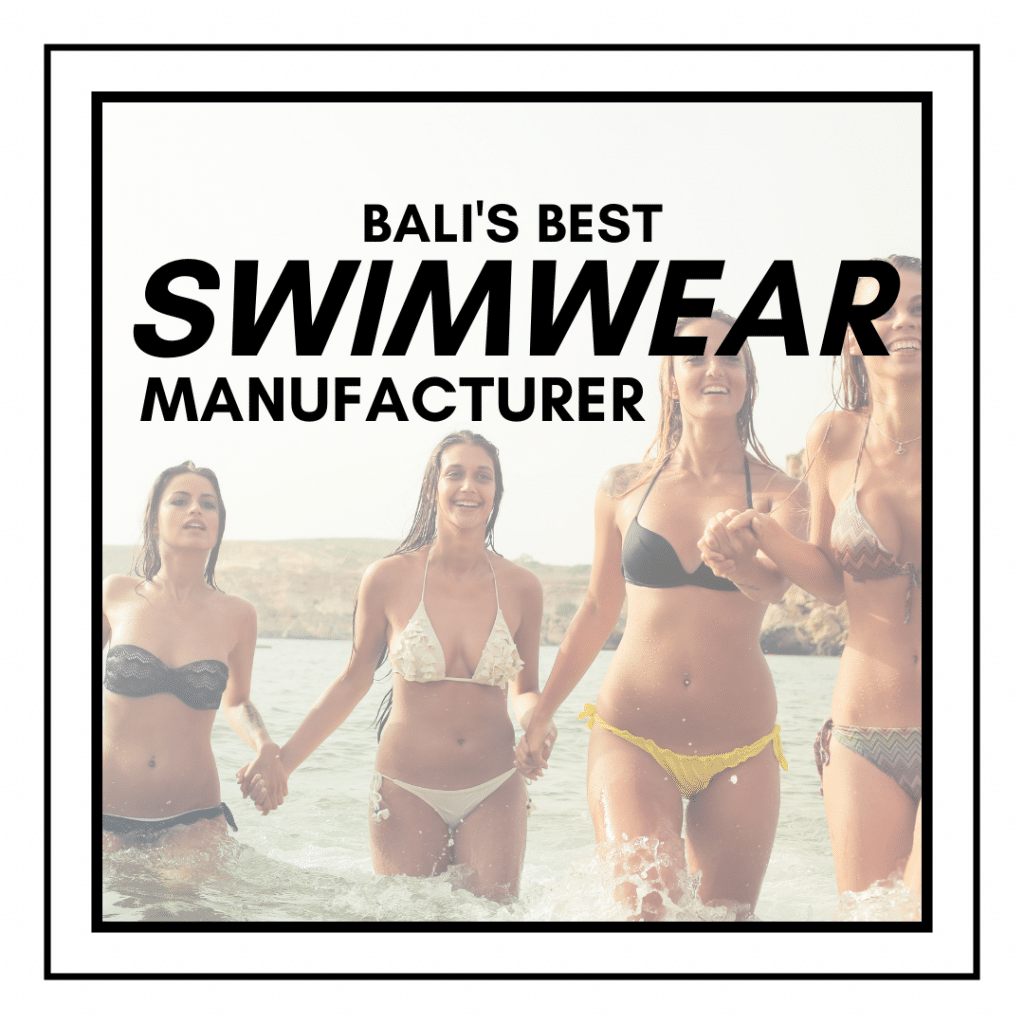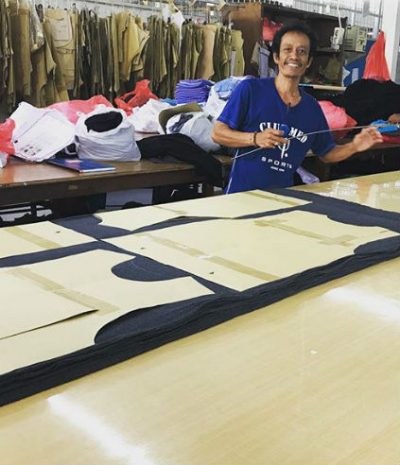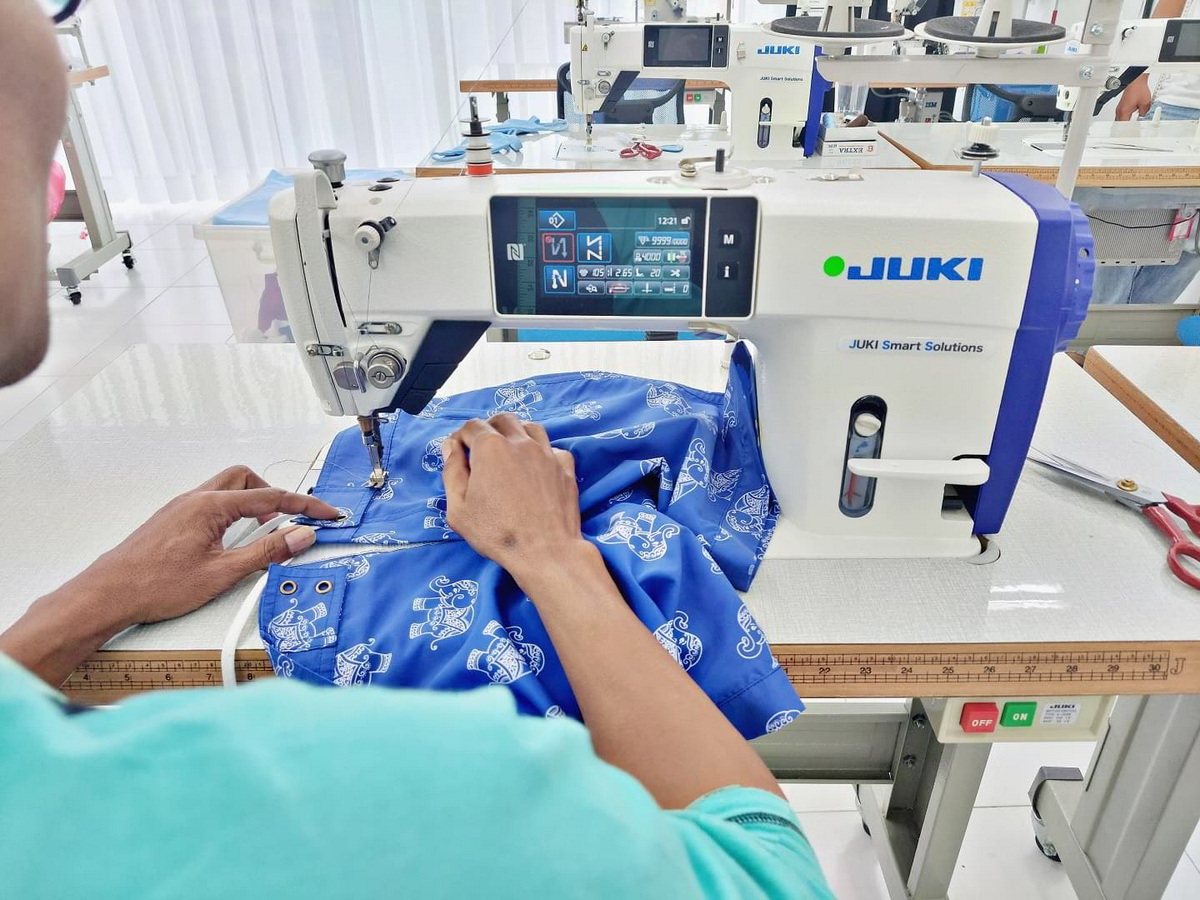Content Menu
● Cost Analysis of Sourcing Swimwear from Bali
>> 1. Base Costs
>> 2. Minimum Order Quantities (MOQs)
>> 3. Customization Costs
>> 4. Shipping and Import Duties
● Manufacturing Process of Swimwear in Bali
>> 1. Design and Prototyping
>> 2. Material Sourcing
>> 3. Cutting and Sewing
>> 4. Quality Control
>> 5. Packaging and Shipping
● Sustainability Practices in Swimwear Manufacturing
>> 1. Eco-Friendly Materials
>> 2. Ethical Labor Practices
>> 3. Waste Reduction
>> 4. Water Conservation
● Design Options Available
>> 1. Tropical Prints
>> 2. Cut-Out Styles
>> 3. Sustainable Designs
>> 4. Custom Branding
● Market Trends in Swimwear
>> 1. Sustainability Focus
>> 2. Inclusivity in Sizing
>> 3. Athleisure Influence
>> 4. Online Shopping Growth
● Conclusion
● Frequently Asked Questions
>> 1. What are the average costs of swimwear production in Bali?
>> 2. How long does it take to produce swimwear in Bali?
>> 3. Are there minimum order quantities for swimwear in Bali?
>> 4. What sustainable practices do swimwear manufacturers in Bali follow?
>> 5. Can I customize my swimwear designs with Bali manufacturers?
Sourcing swimwear from manufacturers in Bali has become an increasingly popular choice for brands looking to capitalize on the island's rich textile heritage, skilled craftsmanship, and vibrant design culture. This article delves into the various aspects of sourcing swimwear from Bali, including cost analysis, manufacturing processes, sustainability practices, design options, and current market trends.

Cost Analysis of Sourcing Swimwear from Bali
When considering swimwear manufacturers in Bali, understanding the cost structure is crucial. The costs can vary widely based on several factors, including the type of swimwear, materials used, order volume, and customization options.
1. Base Costs
The base cost of swimwear typically includes fabric, labor, and overhead expenses. Bali is known for its competitive labor costs, which can significantly reduce the overall production expenses. However, the choice of fabric can greatly influence the final price. For instance, high-quality, sustainable materials may come at a premium compared to standard fabrics.
In general, the cost of fabric can range from $3 to $10 per yard, depending on the type and quality. For swimwear, materials like nylon and polyester are commonly used, with prices varying based on their durability and stretchability. Additionally, brands should consider the costs associated with lining, elastic, and other components that contribute to the overall quality of the swimwear.
2. Minimum Order Quantities (MOQs)
Most swimwear manufacturers in Bali have minimum order quantities that can range from 100 to 500 units per style. This means that brands need to plan their collections carefully to meet these MOQs while ensuring they have a diverse range of products to offer.
For smaller brands or startups, this can be a significant investment, as producing a large quantity of swimwear upfront may not be feasible. However, some manufacturers offer flexible MOQs for established brands or those willing to pay a premium for smaller runs. This flexibility can be beneficial for brands testing new designs or entering the market.
3. Customization Costs
Customization is a significant aspect of swimwear production. Brands often seek unique designs, colors, and patterns to differentiate themselves in the market. Customization can add to the cost, with design fees potentially ranging from a few hundred to several thousand dollars, depending on the complexity of the design and the number of styles being produced.
For example, creating a custom print may require additional costs for artwork and screen printing, while unique cuts or styles may necessitate more intricate sewing techniques. Brands should also factor in the time required for revisions and adjustments during the design process, as this can impact the overall timeline and costs.
4. Shipping and Import Duties
When sourcing swimwear from Bali, brands must also consider shipping costs and any applicable import duties. Shipping costs can vary based on the size of the order and the shipping method chosen. Air freight is typically faster but more expensive, while sea freight is more economical for larger shipments but takes longer.
Additionally, brands should be aware of the import regulations in their home countries, as these can affect the overall cost of bringing products to market. Import duties can vary significantly depending on the country and the type of goods being imported, so it's essential to research these costs beforehand to avoid unexpected expenses.

Manufacturing Process of Swimwear in Bali
The manufacturing process of swimwear in Bali is characterized by a blend of traditional craftsmanship and modern techniques. Here's a breakdown of the typical steps involved:
1. Design and Prototyping
The process begins with the design phase, where brands collaborate with manufacturers to create prototypes. This stage involves selecting fabrics, colors, and patterns, as well as finalizing the fit and style of the swimwear.
Many manufacturers in Bali offer design services, allowing brands to work closely with skilled designers who understand the latest trends and consumer preferences. This collaboration can lead to innovative designs that resonate with target audiences.
2. Material Sourcing
Once the designs are approved, manufacturers source the necessary materials. Bali is known for its access to a variety of fabrics, including eco-friendly options like recycled polyester and organic cotton. This focus on sustainable materials is increasingly important in today's market.
Manufacturers often have established relationships with local suppliers, ensuring a steady supply of high-quality materials. Brands can also request specific fabrics or finishes, allowing for greater customization and uniqueness in their swimwear collections.
3. Cutting and Sewing
After materials are sourced, the cutting and sewing process begins. Skilled artisans in Bali use both manual and machine techniques to create the swimwear. This stage requires precision to ensure that each piece meets quality standards.
The cutting process involves laying out the fabric and using patterns to cut the pieces accurately. This is followed by sewing, where skilled workers assemble the pieces, paying close attention to details such as stitching quality and seam finishes. Many manufacturers also employ quality control measures during this stage to catch any defects early in the process.
4. Quality Control
Quality control is a critical step in the manufacturing process. Manufacturers in Bali often conduct thorough inspections to ensure that the swimwear meets the required specifications and is free from defects.
This may involve checking for consistency in sizing, stitching quality, and overall appearance. Some manufacturers also conduct wear tests to ensure that the swimwear performs well in water and maintains its shape and color after exposure to chlorine or saltwater.
5. Packaging and Shipping
Once the swimwear is produced and quality-checked, it is packaged and prepared for shipping. Manufacturers typically offer various packaging options, including eco-friendly materials, to align with sustainable practices.
Proper packaging is essential to protect the swimwear during transit and ensure that it arrives in excellent condition. Many brands also take this opportunity to enhance their branding through custom packaging, which can include branded tags, labels, and bags.

Sustainability Practices in Swimwear Manufacturing
Sustainability is a growing concern in the fashion industry, and swimwear manufacturers in Bali are increasingly adopting eco-friendly practices. Here are some key aspects of sustainability in swimwear production:
1. Eco-Friendly Materials
Many manufacturers in Bali prioritize the use of sustainable materials, such as recycled fabrics and organic cotton. These materials not only reduce environmental impact but also appeal to consumers who are conscious of their purchasing decisions.
For instance, recycled polyester made from plastic bottles is becoming a popular choice for swimwear, as it helps reduce plastic waste and lowers the carbon footprint associated with production. Brands can also explore options like biodegradable fabrics, which break down more easily in the environment.
2. Ethical Labor Practices
Bali's swimwear manufacturers often emphasize ethical labor practices, ensuring fair wages and safe working conditions for their employees. This commitment to ethical production is an essential aspect of sustainability.
Many manufacturers are transparent about their labor practices and are willing to provide information about their workforce, including wages, working hours, and benefits. This transparency helps build trust with brands and consumers who prioritize ethical sourcing.
3. Waste Reduction
Manufacturers are also implementing strategies to minimize waste during the production process. This includes optimizing fabric usage and recycling leftover materials to create new products.
Some manufacturers have adopted zero-waste practices, where they design patterns that maximize fabric usage and minimize off-cuts. Additionally, leftover fabric can be repurposed for accessories or smaller items, further reducing waste.
4. Water Conservation
The swimwear manufacturing process can be water-intensive, but many Bali manufacturers are adopting water-saving technologies and practices to reduce their overall water consumption.
This includes using water-efficient machinery and recycling water used in the production process. By implementing these practices, manufacturers can significantly reduce their environmental impact and contribute to the conservation of local water resources.

Design Options Available
One of the most exciting aspects of sourcing swimwear from manufacturers in Bali is the wide range of design options available. Here are some popular design trends:
1. Tropical Prints
Bali's vibrant culture and natural beauty inspire many swimwear designs. Tropical prints featuring lush foliage, exotic flowers, and oceanic themes are popular choices among brands.
These prints not only reflect the island's aesthetic but also resonate with consumers looking for swimwear that embodies a vacation vibe. Manufacturers can create custom prints based on brand specifications, allowing for unique and eye-catching designs.
2. Cut-Out Styles
Cut-out swimwear has gained popularity in recent years, offering a modern twist on traditional designs. Manufacturers in Bali can create unique cut-out patterns that cater to current fashion trends.
This style allows for creative design elements that enhance the overall look of the swimwear while providing a flattering fit. Brands can experiment with different cut-out placements and shapes to create distinctive pieces.
3. Sustainable Designs
As sustainability becomes a priority for consumers, many brands are opting for designs that reflect eco-conscious values. This includes using recycled materials and creating timeless styles that encourage longevity.
Designing swimwear with versatility in mind allows consumers to wear the pieces for multiple occasions, reducing the need for excessive purchases. Brands can also highlight their sustainable practices in marketing efforts to attract environmentally conscious consumers.
4. Custom Branding
Swimwear manufacturers in Bali often provide options for custom branding, allowing brands to incorporate their logos and unique designs into the swimwear. This personalization helps brands stand out in a competitive market.
Custom branding can include unique labels, hangtags, and packaging that reflect the brand's identity. This attention to detail enhances the overall customer experience and fosters brand loyalty.

Market Trends in Swimwear
Understanding current market trends is essential for brands looking to succeed in the swimwear industry. Here are some key trends influencing the market:
1. Sustainability Focus
As mentioned earlier, sustainability is a significant trend in the fashion industry. Consumers are increasingly seeking brands that prioritize eco-friendly practices and materials.
This trend is driving brands to adopt sustainable sourcing and production methods, as well as to communicate their efforts transparently to consumers. Brands that successfully convey their commitment to sustainability can build a loyal customer base.
2. Inclusivity in Sizing
The demand for inclusive sizing is growing, with consumers looking for swimwear that caters to a diverse range of body types. Manufacturers in Bali are adapting to this trend by offering extended size ranges.
This inclusivity not only meets consumer demand but also promotes body positivity and acceptance. Brands that embrace diverse sizing can tap into a broader market and foster a sense of community among their customers.
3. Athleisure Influence
The rise of athleisure has influenced swimwear designs, with many brands incorporating sporty elements into their collections. This trend appeals to consumers who value both style and functionality.
Swimwear that doubles as activewear is becoming increasingly popular, allowing consumers to transition seamlessly from the beach to other activities. Manufacturers can create versatile designs that cater to this growing market segment.
4. Online Shopping Growth
The shift towards online shopping has accelerated, especially in the wake of the COVID-19 pandemic. Brands are increasingly focusing on their online presence and e-commerce strategies to reach consumers effectively.
This trend has led to the rise of direct-to-consumer brands that bypass traditional retail channels. Manufacturers in Bali can support these brands by providing high-quality products that meet the demands of online shoppers.

Conclusion
Sourcing swimwear from manufacturers in Bali offers brands a unique opportunity to leverage the island's rich textile heritage, skilled craftsmanship, and commitment to sustainability. By understanding the costs, manufacturing processes, and current market trends, brands can make informed decisions that align with their business goals. As the swimwear industry continues to evolve, Bali remains a key player in providing high-quality, stylish, and sustainable swimwear options.
Frequently Asked Questions
1. What are the average costs of swimwear production in Bali?
- The average costs can vary widely based on materials, design complexity, and order volume, but Bali is known for competitive pricing.
2. How long does it take to produce swimwear in Bali?
- The production timeline can range from a few weeks to several months, depending on the complexity of the designs and the manufacturer's workload.
3. Are there minimum order quantities for swimwear in Bali?
- Yes, most manufacturers have minimum order quantities, typically ranging from 100 to 500 units per style.
4. What sustainable practices do swimwear manufacturers in Bali follow?
- Many manufacturers prioritize eco-friendly materials, ethical labor practices, waste reduction, and water conservation.
5. Can I customize my swimwear designs with Bali manufacturers?
- Yes, most manufacturers offer customization options, allowing brands to create unique designs that reflect their identity.





































































